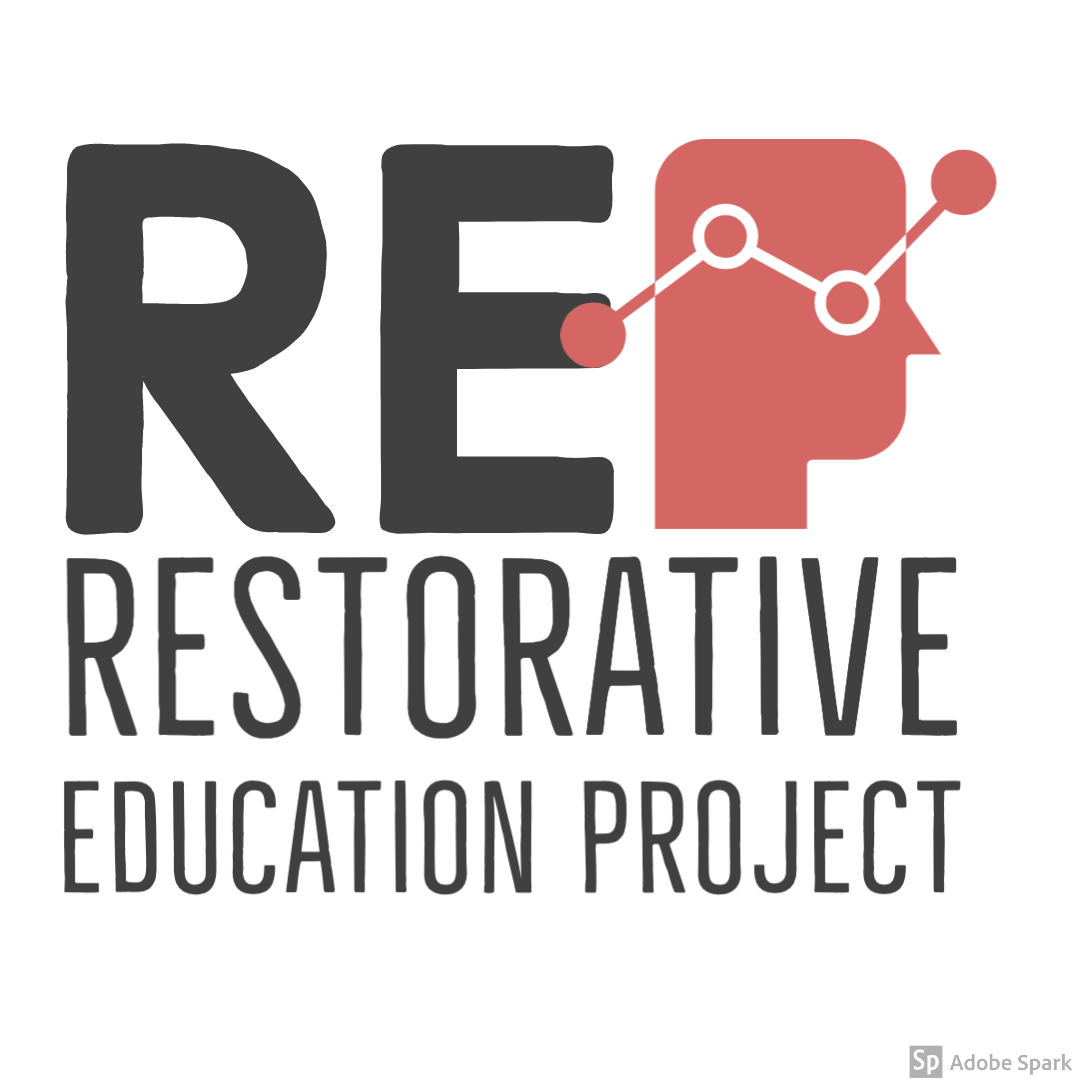Teaching the Art of Holding Space in the K-12 Classroom
Building a community of learners that know how to hold space for others and understand the importance of doing so is one of the most powerful skills we can teach as educators. Community circles are one way to cultivate these skills in the classroom. Particularly during challenging times when our students are trying to understand the chaos in the world around them, teachers can encourage students to air their feelings in constructive ways while also enabling them to make connections to what is being shared by their peers. Community circles also have the effect of mutual humanization as students share stories and connect to one another’s experiences.
Some rules of thumb for community circles:
Use a talking stick and practice using it with your students. Remind students that only the person holding the talking stick is allowed to speak. Be sure to explain why this is important (or better yet, ask your students to explain).
Take time to discuss the importance of listening. Ask students to share with the group a time when they really felt listened to. Then, have students share a story about a time when they did not feel listened to. Come up with a list with your students on what listening looks like and sounds like. This lays the groundwork for the dialogue.
Remember that what you appreciate, you perpetuate. If you want students to share, acknowledge students that do and your gratitude for them doing so. Also, acknowledge students that might not have shared but listened intently and respectfully.
Try to facilitate the conversation, not dominate. As teachers, it can be hard to resist the temptation to interject or correct something that is said. Modeling the self-discipline and humility as another participant in the circle also teaches students what listening looks like. Consider writing down your thoughts and questions and sharing them at the end during the activity’s closure.
End with gratitude. Having students share their gratitude for one another and teaching them to be specific about what they are thankful for reinforces the idea that they are in fact a community of learners that each take turns being teachers themselves. Ask students to say thank you to others who shared something that made them think differently about an idea, or express gratitude toward someone for being brave and speaking at all.
Community circles build community and are an opportunity for students to not only develop their communication skills, but learn more about one another’s uniqueness and commonality.
Download the Community Circle Slides here and help your students learn how to hold space for others.
